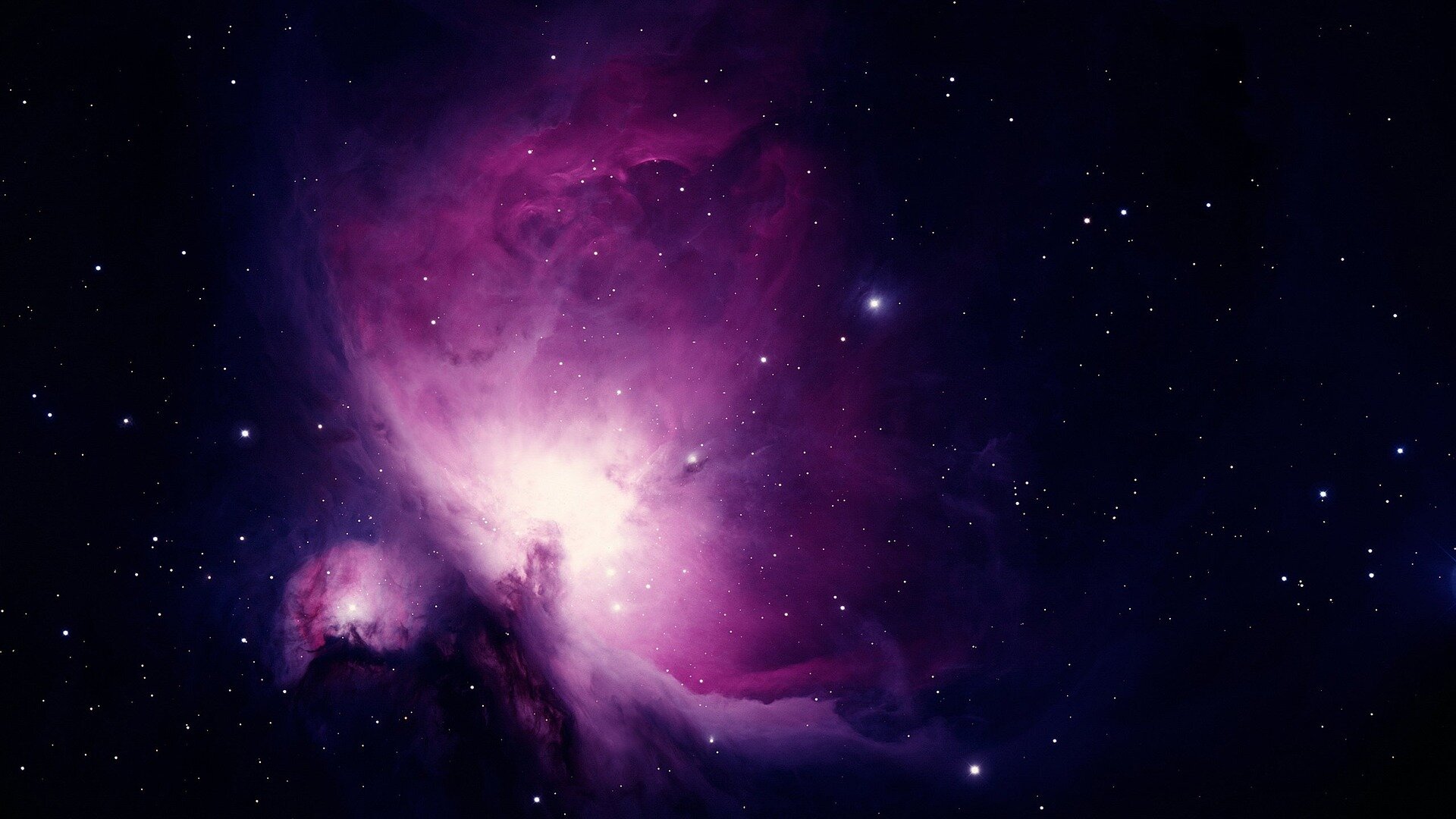The dominating form of energy in the cosmos dark energy is driving the accelerating expansion of the universe, but its nature remains a mystery.
What is dark energy? : Read more
What is dark energy? : Read more
Yes, "interesting" is about the only word for it. I keep seeing posts that claim that light from objects moving away from us at more than the speed of light will still have light that eventually gets to us. Intuitively, that does not seem possible. Those posts talk about light travelling "over the hump" to space that is not moving faster than light away from us, but I have not been able to mathematically construct an algorithm that would do that.
Thinking about it as a physical analog: if space is considered to be an infinitely stretchable string, with a photon considered to be a particle traveling at a fixed velocity along the string at whatever location it occupies at the moment. then it seems to me to be quite obvious that the space between that photon and some other location on that string that is moving away at more than light speed from the position occupied by the photon will always stay ahead of the photon on that string. Yes, the photon will move toward the other location, but the distance to the other location will be increasing faster than the photon can close it.
Am I missing something?
I am not (at this point) arguing that space cannot expand and carry matter with it such that two pieces of matter can be moving apart at more than the speed of light. What I am questioning is how the light emitted now is still supposed to eventually get from one to the other, assuming that space keeps expanding at the same rate (or faster).
Torbjorn Larsson - Good to read that you are seeing the physics the same as I do, with respect to light being emitted by some things far enough away actually "losing ground" to the continuing expansion, and thus being beyond the dimension of the "observable universe".
As for the noise and the CMBR hiding much of the early star emissions , have you seen https://pib.gov.in/PressReleasePage.aspx?PRID=1802645 ?

This claimed reception comes after the CMBR. When atoms first formed (Recombination), producing today's CMBR, then the universe quickly entered the Dark Ages since neutral hydrogen is essentially opaque to visible light. But the 21 cm line would be emitted without much obstruction, and we would see it today at roughly 100 Mhz, or so.As for the noise and the CMBR hiding much of the early star emissions , have you seen https://pib.gov.in/PressReleasePage.aspx?PRID=1802645 ?
Nice link, Rod.Ref - Astrophysical constraints from the SARAS 3 non-detection of the cosmic dawn sky-averaged 21-cm signal, https://www.nature.com/articles/s41550-022-01825-6, 28-Nov-2022.
"Abstract Observations of the redshifted 21-cm line of atomic hydrogen have provided several upper limits on the 21-cm power spectrum and a tentative detection of the sky-averaged signal at redshift z ≈ 17. Made with the Experiment to Detect the Global EoR Signature (EDGES) low-band antenna, this claim was recently disputed by the SARAS 3 experiment, which reported a non-detection and is the only available upper limit strong enough to constrain cosmic dawn astrophysics. We use these data to constrain a population of radio-luminous galaxies ~200 million years after the Big Bang (z ≈ 20)..."
Yes, but notice how the Dark Ages story contradicts this.Neutral hydrogen is transparent, it is ionized hydrogen that is opaque. When the ionized hydrogen recombined to become neutral is when the CMBR escaped.
Helio - Which of these do I have wrong?
In the case of a neutral monoatomic gas, there is an electric dipole that can be rotated thus scattering light and becoming opaque.
Well, that was prior to Recombination. But note that the Cosmic Dawn is the time period when H became ionized by the UV of the first stars, which allowed visible light's propagation. WAIM??An ionized monoatomic gas also has an electric dipole thus also scatters light.
Are Bok globules transparent?In molecular (diatomic) gases, the electric dipoles cancel out and the gas is transparent to visible light.
Yes, the free electrons were busy scattering every photon they could get their little hands on.From the Big Bang until recombination ca 300,000 years there was ionized monoatomic hydrogen and free electrons and it was opaque.
Yes, that is the highly respected mainstream view.At the point of recombination, hydrogen alpha photons were released creating a flash of light now seen as CMBR.
That is a fair point, but this doesn't seem to be the key to the darkness.The universe was transparent after recombination and prior to the first stars but it was dark, not because it was opaque but because there were no sources of light (other than CMBR).


